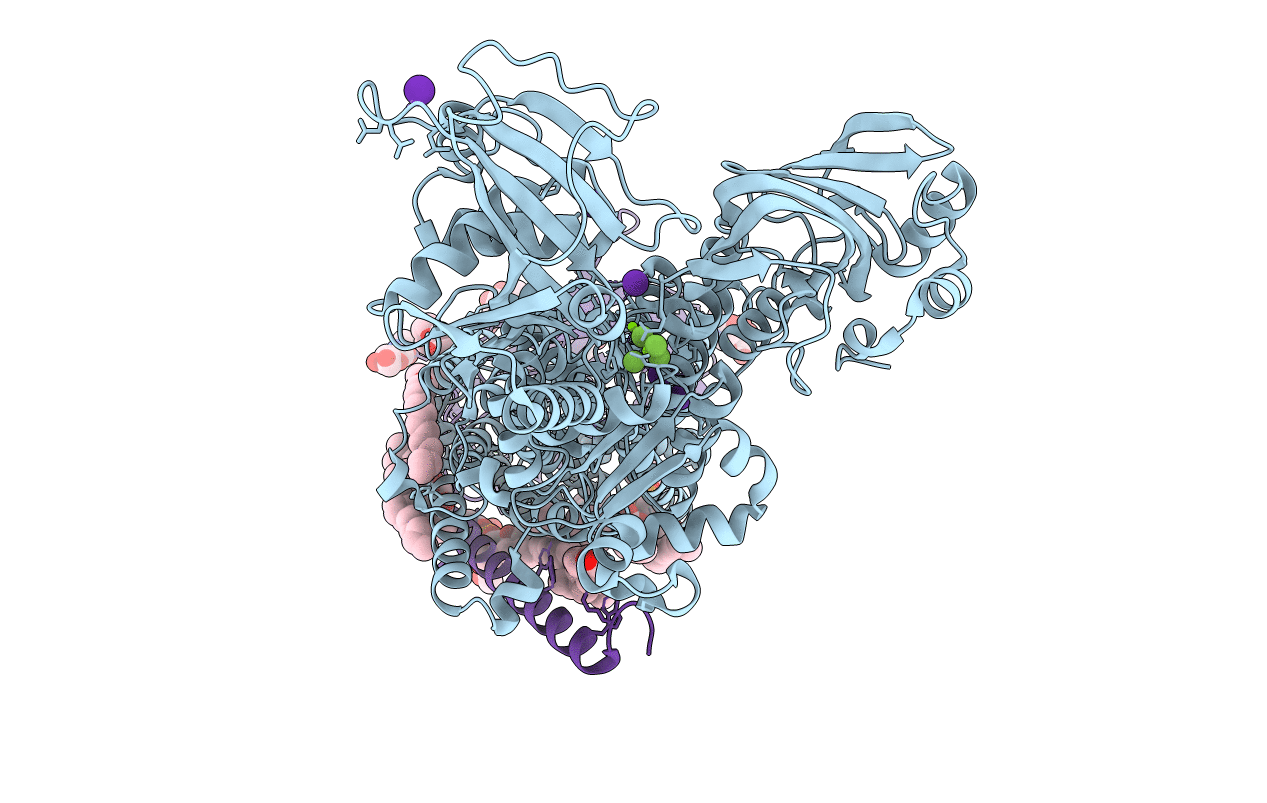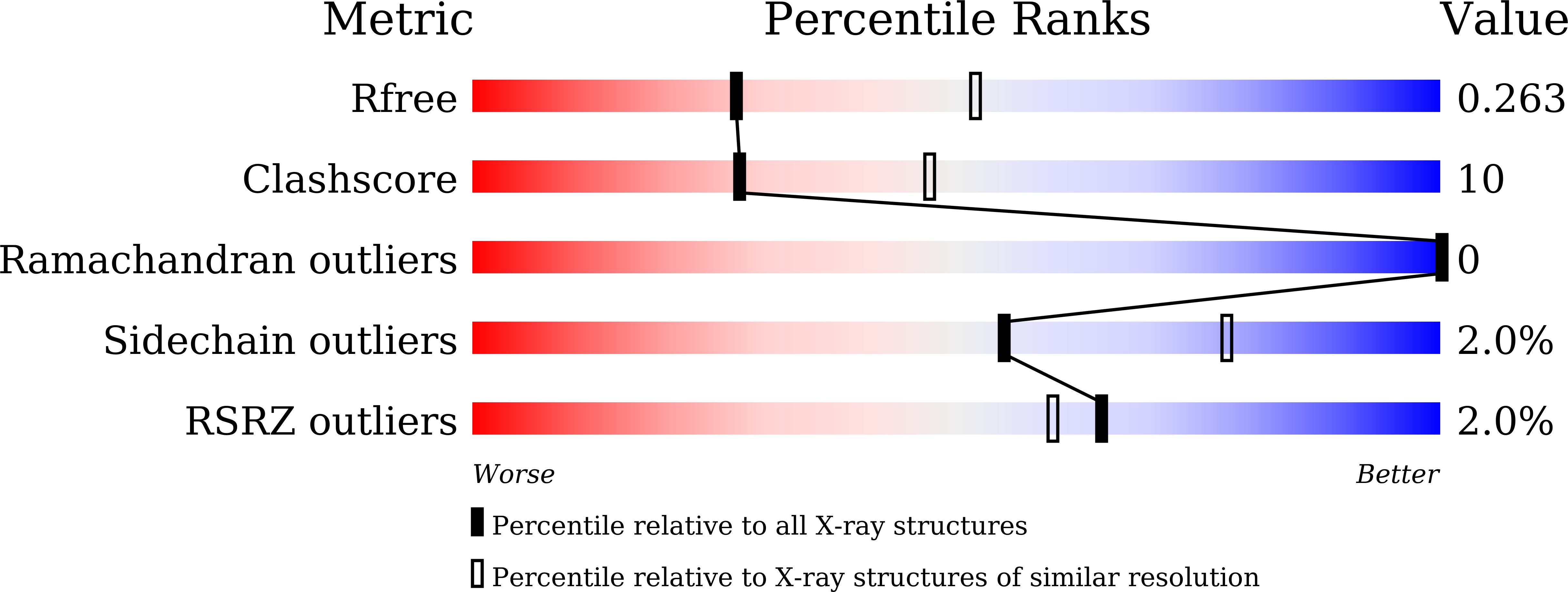
Deposition Date
2019-04-23
Release Date
2019-08-14
Last Version Date
2024-11-13
Entry Detail
PDB ID:
6JXI
Keywords:
Title:
Rb+-bound E2-MgF state of the gastric proton pump (Tyr799Trp)
Biological Source:
Source Organism:
Sus scrofa (Taxon ID: 9823)
Host Organism:
Method Details:
Experimental Method:
Resolution:
2.60 Å
R-Value Free:
0.26
R-Value Work:
0.20
R-Value Observed:
0.20
Space Group:
P 31 2 1


